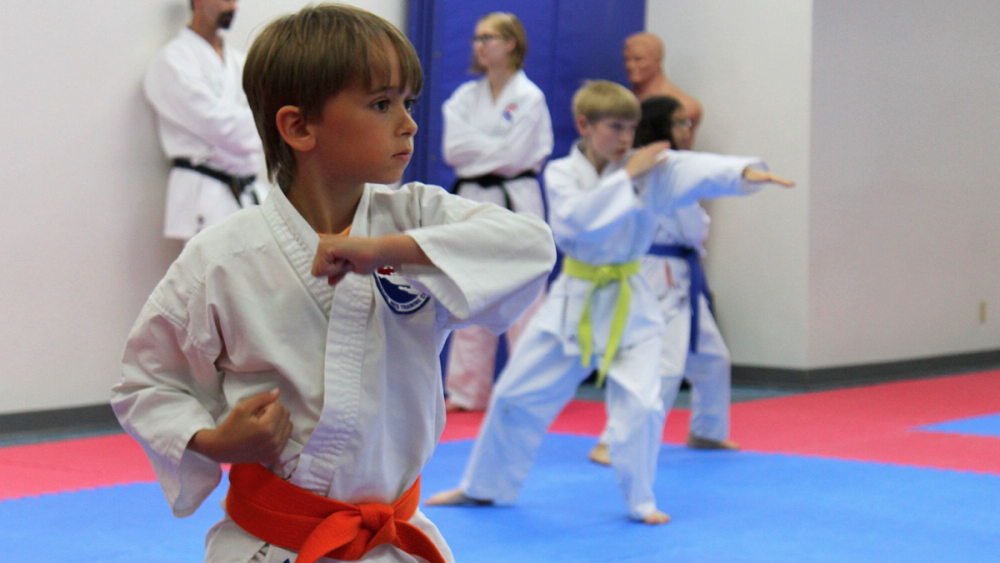Focus is something that’s in short supply these days, but it’s something we need more of now than ever before.
The daily distractions we face are endless. If it’s not a new text message or smartwatch notification, it’s an incoming email, coworkers talking in the cubicle next door, or the television droning on in the background.
But if you think that’s bad, the distractions are even worse for teenagers. They’re continually monitoring multiple social media apps while watching YouTube videos or playing video games, all with music piping through their earbuds.
It’s such a severe problem that teachers tell us their students claim they cannot work unless they’re listening to music while answering their text messages. This claim holds true whether they’re writing essays, doing math problems, or reading books. It’s clear teenagers are critically dependent on distractions, but what is the actual cost of this dependency?
STUDIES SHOW THAT DISTRACTION HURTS OUR PRODUCTIVITY AND EFFECTIVENESS.
Here are some statistics to illustrate this point:
- An average student can only focus for two minutes without becoming distracted. Yes, you read that right. Two minutes.
- The average adult in a work setting can only concentrate for 11 minutes without interruption, and the work these interrupted workers produce is lower in quality.
- 72% of college students surveyed say that technology distractions harm their productivity and learning in the classroom.
- A group of college students was tested with and without electronic devices present in the classroom. The group with access to electronic devices scored 18% lower on the test than did the group without electronics.
- Studies show that distractions cost the average large company $10 million per year.
No wonder there are new productivity pills (nootropics) and anti-distraction apps popping up daily to help us focus. But really, do we need another app tethered to another electronic device? And taking unprescribed and (non-FDA approved) supplements in hopes of maintaining focus and concentration seems unwise. So, what is the answer? Martial Arts, of course.
PRACTICING MARTIAL ARTS IMPROVE FOCUS AND CONCENTRATION.
Academic and peer-reviewed studies show that the practice of martial arts builds the ability to maintain attention in both adults and children. The longer you practice martial arts, the greater that skill becomes. Authorities on child development also recommend martial arts for children who have challenges learning.
So how do martial arts improve focus and concentration? When in class, students are asked to watch and repeat certain movements and skills and maintain awareness of their breathing. To do these things, students must block out distractions around them. As students continue practicing martial arts, they build skills and the expectations for form and appropriate timing increase. With repetition and regular practice, these drills build neural pathways that strengthen focus.
Additionally, dojos are a place of etiquette and honor. This means students don’t want or need to use electronic devices- no texting, no social media, and no personal music. As you can imagine, being unplugged benefits students in ways beyond focus and attention, and we can tell you more about those benefits.
As the oldest and most respected martial arts training center in the Columbus, OH area, we’ve seen our students gain countless, life-altering benefits from training with us. From children with diagnosed attention deficit disorders to adults stressed out and needing a break from life’s demands, martial arts give everybody the tools to be healthy, happy, and productive.If you’re interested in learning more about our classes and how they can help you or your child build focus and concentration, join us for a free trial class or request more information. We look forward to seeing you soon.
Until next time,
Shihan Rodger Pyle


